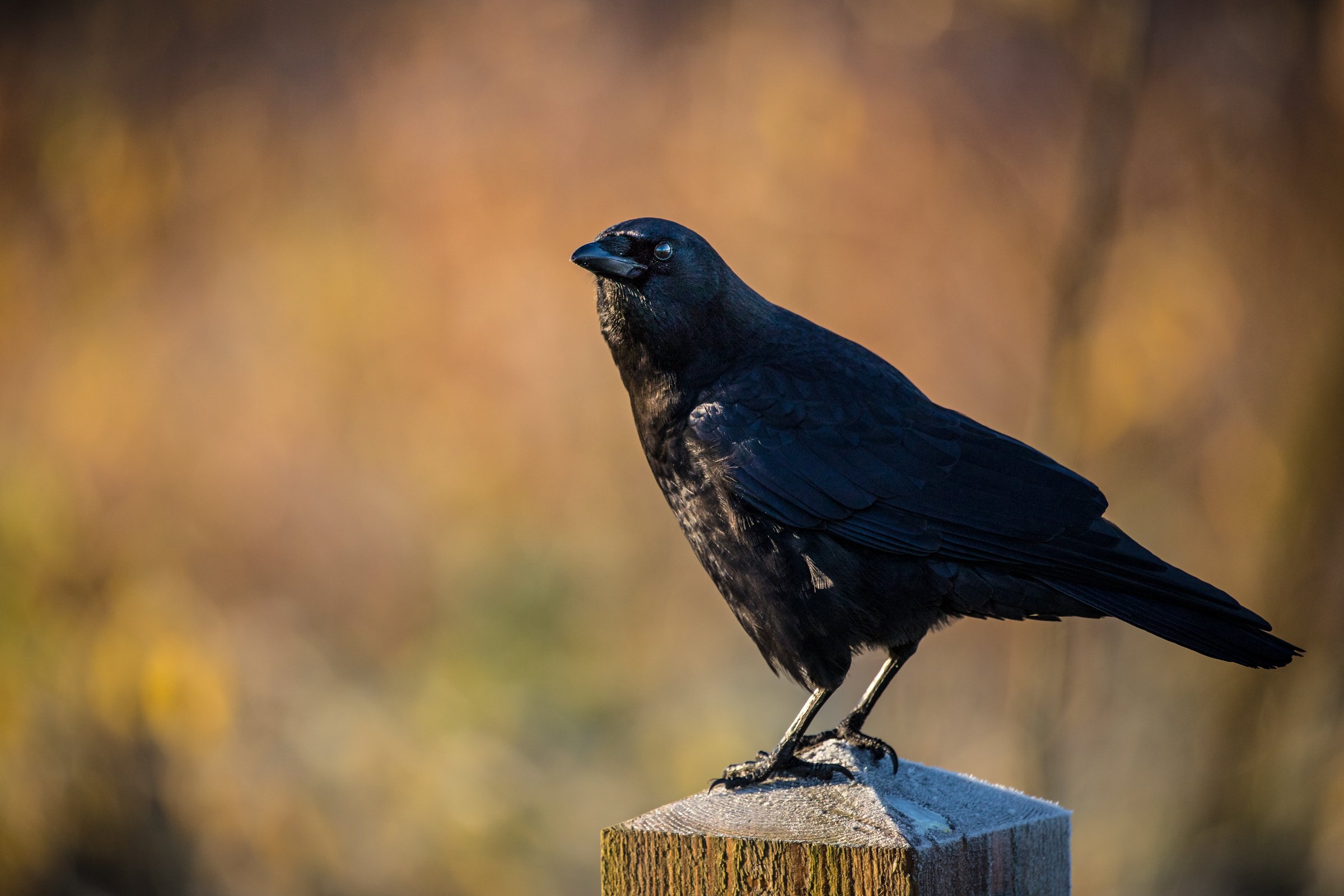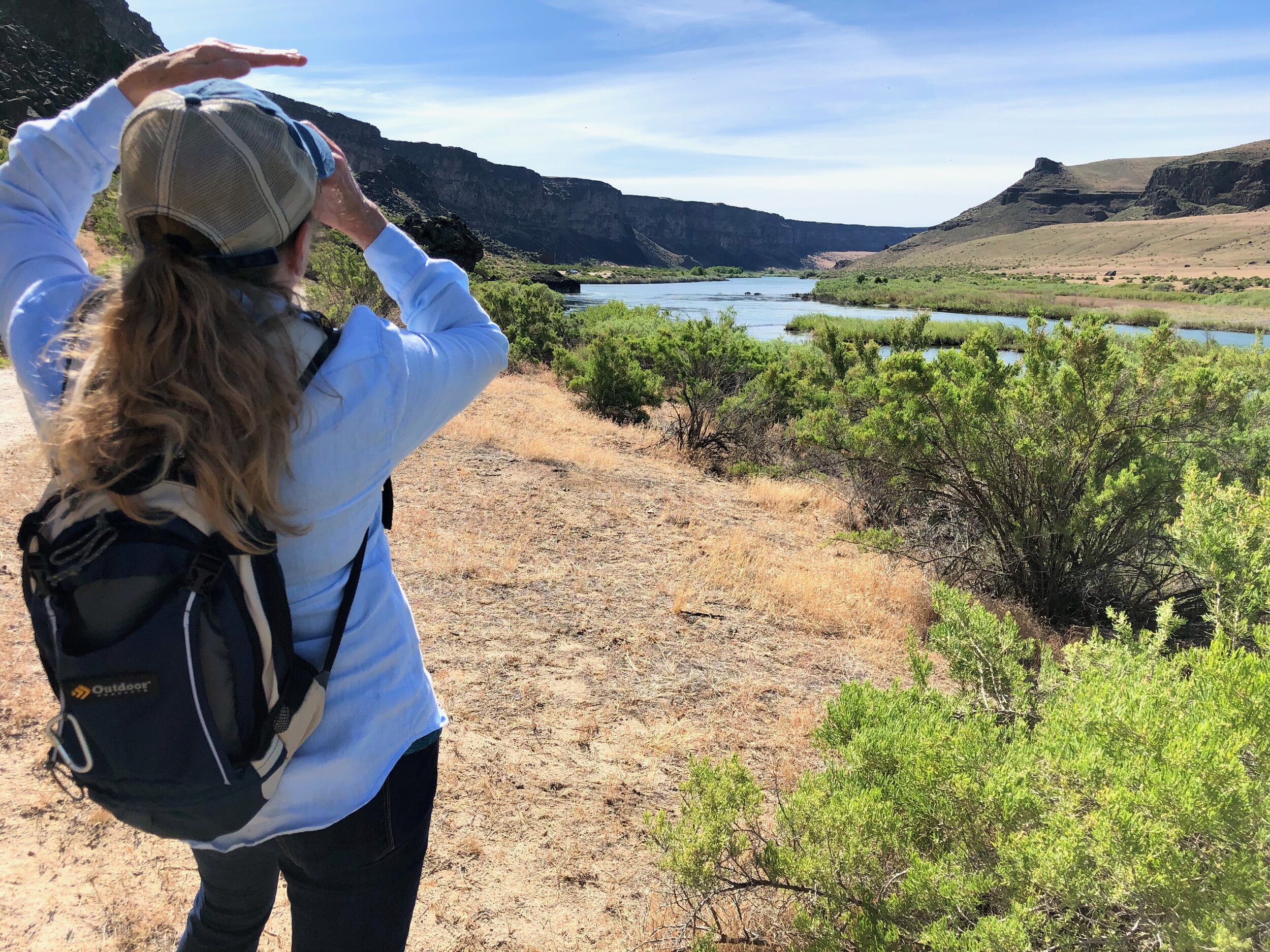
The Great Backyard Bird Count
American Crow. Photo by Danielle Cooper/Audubon Photography Awards.
2025 Golden Eagle Audubon Group Counts
Join Golden Eagle Audubon Society for community counts during this year's Great Backyard Bird Count! It’s Feb. 14-17, 2025. We’ll be counting in Downtown Boise on Feb. 14, at Kathryn Albertson Park on Feb. 15, and at Boise River ReWild Plots on Feb. 16 and at Hyatt Hidden Lakes Preserve on Feb. 17.
You don’t have to be an experienced birder to participate - the Great Backyard Bird Count is for everyone interested in helping birds. The counts on Feb. 14, 15, and 17 are accessible and we welcome birders of all abilities. Questions?
Registration is required and space is limited. Learn more and register.
Northern Flicker. Photo by Ken Miracle.
A community-powered snapshot of bird populations.
This community science program creates an annual snapshot of bird populations each February. Every observation you submit gives scientists more insight into research areas such as how birds are adapting to suburban sprawl, West Nile Virus, and climate change. It’s free, it's fun, and it makes a difference.
Tips and FAQs
Where should I count birds, and for how long?
You can devote as little as 15 minutes on a single day, or as much as you want over the 4-day count period. You can stick to your window or yard, or you can count anywhere: your neighborhood, a local park, national wildlife refuge or sanctuary, or a birding hotspot. You can also move between locations during the survey, so feel free to visit several different spots.
Identifying Birds
Visit our Birding Resources page for tips and guides.
The GBBC website also offers tips and guides. We’d recommend downloading the free Merlin ID app to identify birds from uploaded photos.
Submitting Your Observations
For those using the mobile app, it’s a simple matter of reviewing your checklists for accuracy and then hitting "submit." If you plan to record your data by hand, the process is almost as easy: All you have to do is log in to the GBBC website, head to the Submit Your Observations page, and then plug in your results and photos.
American Robin. Photo by Asher Zelson/Audubon Photography Awards.
Collecting and Reporting Data
At each location, identify any species you see or hear, and tally up the number of individuals. Be as accurate as possible, but don’t panic if your numbers aren't precise. Counting a large flock is a challenge. Estimate when you have to: If you tally only 20 birds, but it seems like there are twice that many, 40 is a safe estimate.
Create a new checklist for each location and time: if you revisit a spot, start a new checklist. Remember to keep track of start and end times for each checklist, as well as distance traveled. The mobile app automatically tracks the time after you open a new checklist.
Tips adapted from this article by Devin Griffiths/National Audubon Society (2018)


